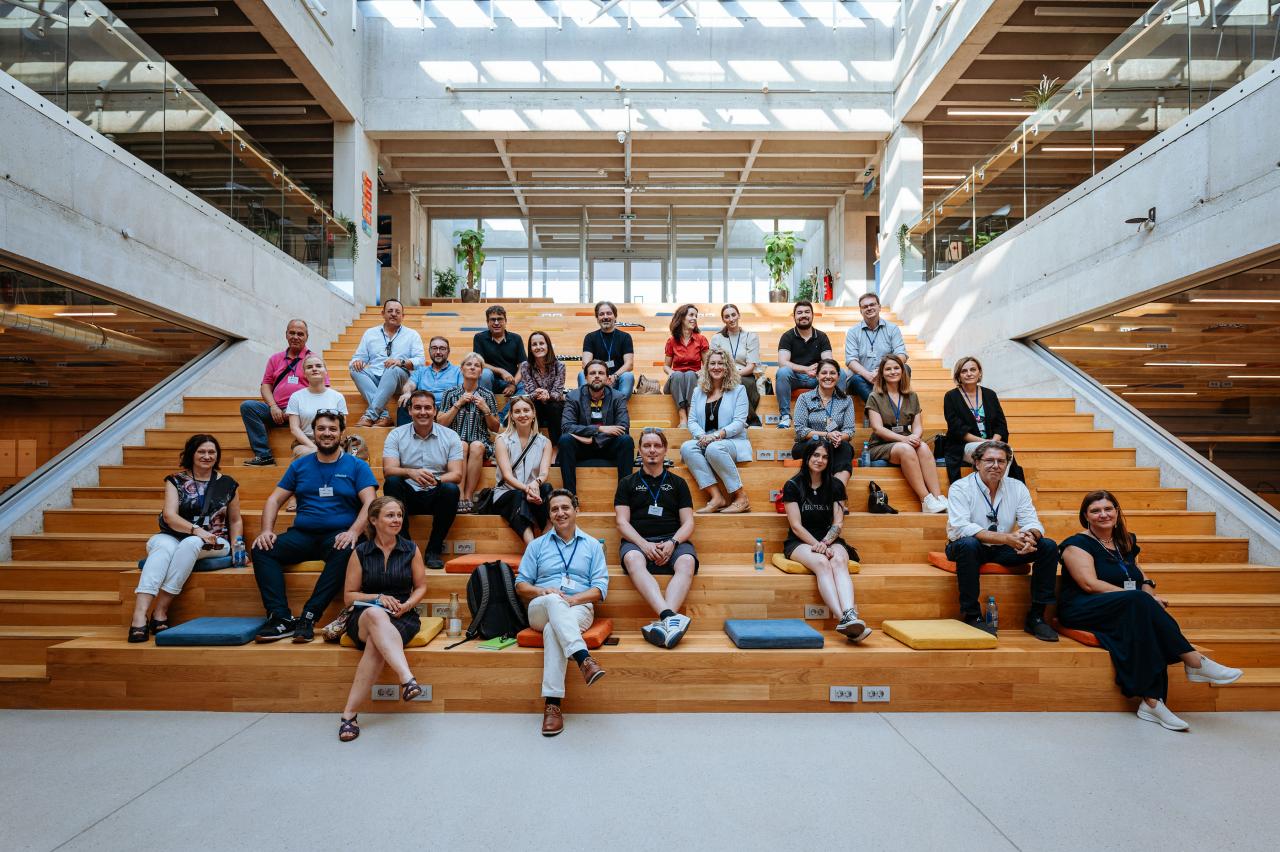But, for the last decade, Europe has been experiencing unfavourable demographic trends. Small cities are experiencing population loss and shrinkage. How and why is this trend occurring?
This was the question that brought together the ten partners of "Residents for the Future". Sibenik (Croatia) is the lead partner of the project that also includes Alba Iulia (Romania), Kalamata (Greece), Iisalmi (Finland), Mangualde (Portugal), Mantova (Italy), Plasencia (Spain), Saint-Quentin (France), Saldus (Latvia) and Trebinje from Bosnia and Herzegovina. All these cities with between 20 to 80 thousand inhabitants are not the capitals of their countries, and although safe, attractive, and enjoyable cities with a pleasant climate, a developed economy, and good social and educational services have recorded a loss of population in recent years, most of them, have less or pretty much the same population as in the 1970s and 1990s.
This fact shows us that even if these cities go through periods of demographic recovery, it is difficult for them to maintain continuous growth. The main reason is the dangerous cycle of shrinking cities: low birth rates and an ageing society cause a loss of labour force and brain drain. In turn, a smaller population of people on working age, talent, and expertise affects the attractiveness and competitiveness of the city to new investors. Less investment means a lack of career opportunities and low average salaries, which leads young people to move from small to bigger cities looking for more profitable employment, which increases the proportion of older, inactive residents and reduces birth rates.
When analysing the Residents of the Future partners data, it points out some interesting facts that can affect their attractiveness. Each city has lower salaries than the average of their country, between 10% and 20% less, and when compared with the average salary of the capitals, the difference goes off, between 20% and 40%. Besides that, in most of the cities, it is not easy to find an apartment to rent at a nice price; they have complicated bureaucracy at the local and national levels; and they don’t have a convenient support system to integrate foreign residents.
All these challenges lead us to the main question of this network: How can shrinking cities retain and attract future residents?
This challenging question will be answered by researching the following key elements: City branding and marketing, communicating the city’s strengths to attract and retain residents and investors; Digital transformation, nomadism and remote work, creating an innovative and modern urban environment, positioning the cities for this emerging lifestyle; Economic diversification, entrepreneurship development and investment attraction, to ensure a resilient and dynamic local economy, provide diverse employment opportunities, and enhance the city’s appeal to residents; Housing policies, to ensure a diverse and affordable range of housing options that cater to the needs of residents; Sustainability, to protect the competitive advantage of the small cities, is the connection with nature and quality of life, fostering satisfaction and attracting individuals seeking a fulfilling lifestyle.
Besides that, city partners of this network believe that when cities facing similar challenges work together (sharing experiences, solutions, and effective policies) it is possible to build capacity, develop innovative solutions that represents knowledge into action, increase their political influence and the likelihood of receiving support or resources from higher levels of government. So, by sharing their ongoing projects and good practices, it will be possible to drive change for better cities and define an action plan for each partner, focused on their specific challenges, and sustainable urban development goals.
The management team of the lead partner, Nikolina and Petar, both with a large experience Urbact projects, they consider that if “we are talking about promoting integrated sustainable urban development through cooperation, there is no better program than URBACT to tackle this kind of issue”. The project challenge has a perfect match with the program key objectives and value preposition to participant cities, namely the small ones.
After all, it is true that small cities can be the potential best place to live in Europe. To do so, they must improve their economy and their quality of life. The cities of the Urbact network Residents of the Future are committed to collaborate within the Urbact methodology to drive a positive change to become even better cities, and to become European role models!

